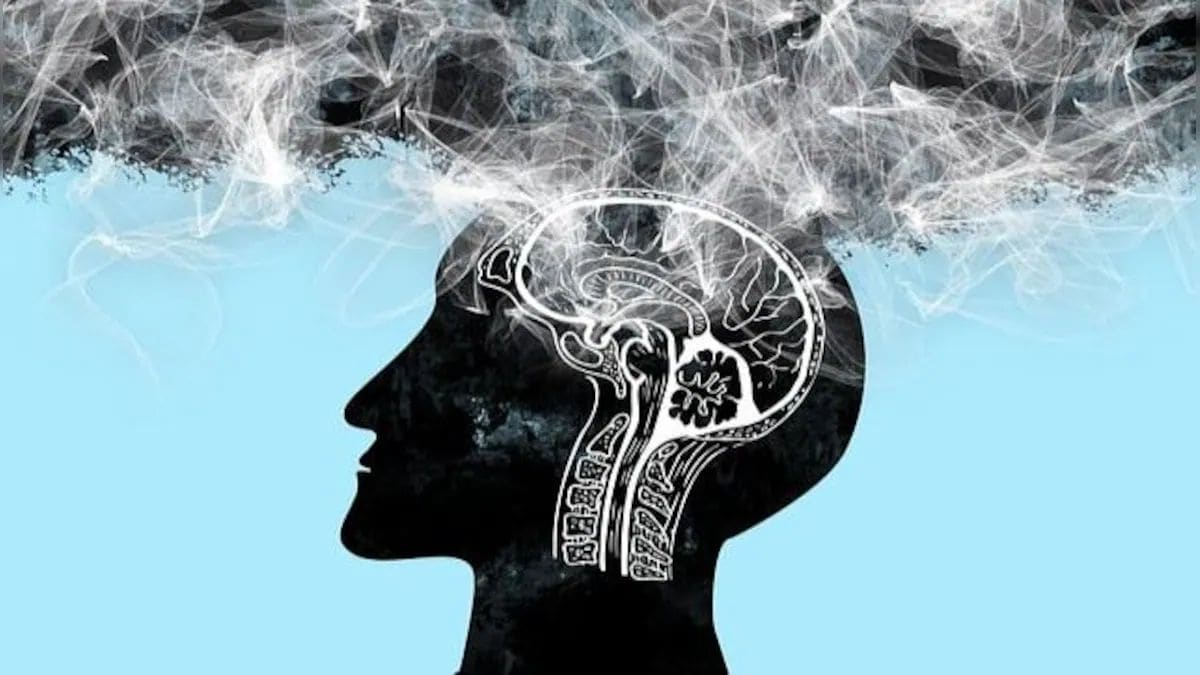ANATOMY experts are asking the public to consider donating their bodies to science after a rise in the number of medical students caused a cadaver shortage. A cadaver - a human body - is a vital part of future surgeons’ training as it allows them to practice on dead bodies before graduating to the living. 2 Universities are desperate for people to sign up before they sign off for good 2 Cat Irving explained how it works in Scotland But Prof Gordon Findlater, HM Inspector of Anatomy for Scotland , said in a recent report to government ministers that surgical colleges were cancelling university training courses because the demand for corpses was so high.
According to the Scotland Deanery, which is responsible for training doctors , there were 5,930 medical students in the 2023-24 academic year - up from 5,645 the year before and 3,928 in 2015-16. Cat Irving, human remains conservator at Surgeons’ Hall, Royal College of Surgeons of Edinburgh , said: “Cadavers allow surgeons to practice new techniques and refine their skills in a safe environment before performing them on living patients. “This has the benefits over other methods of training, such as VR and computer simulation, in that it gives more realistic feedback, while also allowing the experience of anatomical variation – in the same way that people’s external appearances are unique, our internal anatomy varies from person to person.

READ MORE IN HEALTH STARE CRAZY Warning over ‘dangerous’ travel trend, six million plan to try it this summer TOO TABOO Inside UK's most taboo health topics as expert reveals why “For students, dissection is still an important way to study , with 91.8 per cent of students saying that it deepens their understanding. “New technologies may one day be able to more effectively replicate this experience, but for the moment cadaveric study remains incredibly important.
“Anatomical knowledge is crucial to medical understanding, and especially to surgical practice. “Loss of cadaveric teaching will undoubtedly be detrimental to anatomy teaching in the UK , as well as removing an opportunity for many medical students to be able to get a first-hand appreciation of human life through exposure to death and dying early in their careers.” Most read in Health WARNING SIGN Condition that plagues 4million is warning sign of dementia - are you at risk? DEVASTATION Mum, 32, found dead at home after family noticed something unusual on Facebook VIRAL ALERT NHS on ‘high alert’ for mpox as interactive map reveals 16 virus hotspots BIKE FEAT Paralysed man is first person to cycle length of UK on bike controlled by chin Prof Findlater inspected Scotland’s five medical schools at the universities of Aberdeen, Dundee , Edinburgh , Glasgow and St Andrews.
Anatomy departments accepted 290 bodies over the academic year and rejected 178, only nine more bodies compared to the year before when there were 285 fewer students. Breakthrough as robots with self-healing skin are step closer as boffins could bind engineered tissue to the machines Expert Cat said: “Until the 1832 Anatomy Act, the legitimate source of cadavers for study was largely the hanged criminal – and from 1752, specifically those who were being hanged for murder . “With the professionalisation of medicine , and increased understanding of disease through the body rather than the Ancient Greek idea of imbalanced humours, understanding anatomy became even more important.
“Students wanted to carry out dissections themselves, rather than peer at what their professor was doing from a distance.” In the old days, grave robbers would dig up bodies under cover of darkness to sell to anatomists. Though it’s unlikely so-called ‘resurrection men’ would pose any issues in 2024, industry bosses still need to find ways to increase the number of corpses available to medical students.
In Scotland, anyone over the age of 12 can choose to donate their body to medical science - there is no upper age limit. Under the Human Tissue (Scotland) Act 2006, universities can keep a body for up to three years, though they can keep body parts for longer if the donor gives their permission. Universities then take responsibility for cremation costs, but not burials which need to be arranged by next-of-kin.
Cat would like more people to consider donating their bodies once they learn about the benefits. She said: “The gift of a person’s body for study is something that is hugely appreciated by those who benefit from the teaching they provide. “The treatment of the bodies which are used is incredibly respectful, and most universities hold an annual memorial service for those who have donated their bodies, which is attended by students and staff, and by families of the deceased if they wish to attend.
“It is an important opportunity to give thanks to those who generously have donated their body, and it is a moving experience. “In a time when costs of funerals are incredibly high, and funeral poverty is an issue for many, when bodies are accepted for donation, cremation costs are covered. Read more on the Scottish Sun TRAGIC DEATH Boy, 10, revealed as child who died after falling ill at Scots trampoline park SHUT DOWN Home improvement brand to shut 56 stores after collapsing into administration “If you want to donate your body you need to sign forms with your local medical school , and have this witnessed.
” - You can find your local medical school which accepts body donation on the Scottish Government website gov.scot/publications/body-donation-in-scotland-guidance.

















